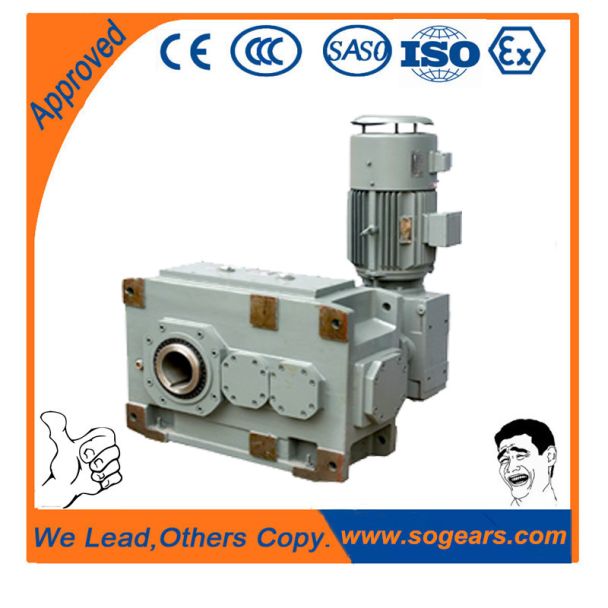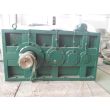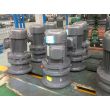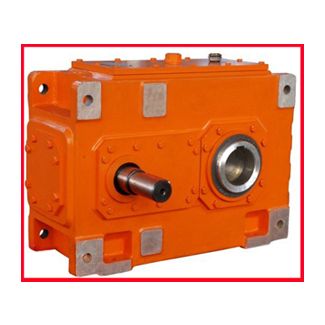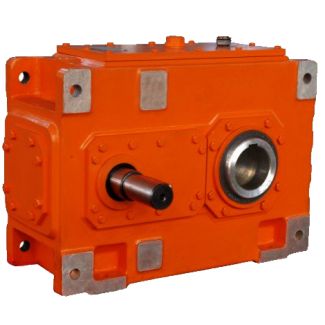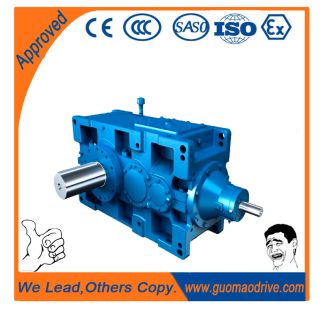Bevel-helical gear unit B2 D D GN GD D Gct dD kn x s Flender GmbH Flend B2-FV12A
In stock
SKU
B2-FV12A
$13,392.86
Flender/Flender Gear Units/Bevel-helical gear unit B2
ntamination The use of such anti-corrosion emulsions is thus an environment- ally friendly method of inhibiting corrosion The goal of this project is to obtain basic knowledge of the structure and effect of anti-corro- sion emulsions on steel and the
this project is to obtain basic knowledge of the structure and effect of anti-corro- sion emulsions on steel and the  technically most important non-ferrous metals 2. Working steps 2.1 Adsorption and hydrophobing studies Salts of polar, long-chain organic compounds, such
technically most important non-ferrous metals 2. Working steps 2.1 Adsorption and hydrophobing studies Salts of polar, long-chain organic compounds, such  as fattyacids,fatt;am~eso~alkylsulphonic acids, which have long been well known as effective constituents rust inhibiting oils, are to be used with
as fattyacids,fatt;am~eso~alkylsulphonic acids, which have long been well known as effective constituents rust inhibiting oils, are to be used with  reference as corrosion inhibitors (CIS) in rust-inhibiting emulsions. These CIS clearly take efkct by being adsorbed on the surface of the metal and forming an impervious drophobic film there. In addition to surface-active CIS of this kind, rust-inhibiting emulsions aio contain emulsifiers which can also beadsorbed on the surface of the metal and cause the formation of mixed adsorption films. As result, large part of this project is dedicated to the adsorption studies and analysing the hydrophobing of metal surfaces. key area will be to study the way in which emulsifiers change the properties of adsorption films containing CIS. 2.2 Corrosion tests In order to determine structure/effect relationshi , the results of theghysico-chemical ana- lyses describedabove(2. must becom aredwitEcorrosiontests. ha ditiontothestandard- ised corrosion test in the moisture chamger (DIN 5 , the level of corrosion is to be deter- mined using an optical method which is being developed bytheworking group of Prof. Eschke (BFSV, Hamburg). This new method has the advantage that, even under mildly corrosive atmosphericconditions, incipient corrosion can be determinedafter onlya short period of time, when no surfaces changes can yet.be detected visually. 2.3 Distribution equilibria The Cls used in rust-inhibiting oils must be oil-soluble due to manufacturing requirements This restriction is largely inapplicable to e
reference as corrosion inhibitors (CIS) in rust-inhibiting emulsions. These CIS clearly take efkct by being adsorbed on the surface of the metal and forming an impervious drophobic film there. In addition to surface-active CIS of this kind, rust-inhibiting emulsions aio contain emulsifiers which can also beadsorbed on the surface of the metal and cause the formation of mixed adsorption films. As result, large part of this project is dedicated to the adsorption studies and analysing the hydrophobing of metal surfaces. key area will be to study the way in which emulsifiers change the properties of adsorption films containing CIS. 2.2 Corrosion tests In order to determine structure/effect relationshi , the results of theghysico-chemical ana- lyses describedabove(2. must becom aredwitEcorrosiontests. ha ditiontothestandard- ised corrosion test in the moisture chamger (DIN 5 , the level of corrosion is to be deter- mined using an optical method which is being developed bytheworking group of Prof. Eschke (BFSV, Hamburg). This new method has the advantage that, even under mildly corrosive atmosphericconditions, incipient corrosion can be determinedafter onlya short period of time, when no surfaces changes can yet.be detected visually. 2.3 Distribution equilibria The Cls used in rust-inhibiting oils must be oil-soluble due to manufacturing requirements This restriction is largely inapplicable to e| Model Type | Bevel-helical gear unit B2 |
|---|---|
| Gear Type | Bevel Helical Gear |
| Weight (kg) | 625.000000 |
| Ratio Range | 1 : 6.3…22.4 |
| Low Speed Output | Flanged shaft |
| Nominal Torque | 66300 Nm |
| Mounting Arrangements | Vertical mounting position |
| Manufacturer | Flender Oy |
| Country of Manufacture | Iran |
| Data Sheet & Drawings | Bevel-helical gear unit B2 D D GN GD D Gct dD kn x s Flender GmbH Flend B2-FV12A |
